I've just started to work with JSON and after having read a few articles, I'm still unclear if I'm looking at an array, list or just an object. It looks like this.
{
"list": [{
"fields": {
"id": "9222115557374550596",
...
},
},
{
"fields": {
"id": "9222115557374550597",
...
},
}],
"paging": {
"pageCurrent": 0,
"itemMin": 0,
"itemMax": 2,
"maxNextPages": 0,
"pageSize": 100
}
}
I'd like to deserialize it to be a list (or IEnumerable) of objects typed so that there's an Id property (perhaps not all fields have to be parsed in to the object).
When I try to do that using the following code:
List<Some> somes = JsonConvert.DeserializeObject<List<Some>>(dataAbove);
class Some { public String Id { get; set; } }
I get a long error message about me not being using the correct type and array and a bunch of other stuff that makes me confused. Am I on the right track or did I totally went off and got lost?!
I understand it's something with the list at the root. But what?! Or at least - what should I google for?!
Cannot deserialize the current JSON object (e.g. {\"name\":\"value\"}) into type 'System.Collections.Generic.List`1[ScriveProxy.Template]' because the type requires a JSON array (e.g. [1,2,3]) to deserialize correctly.\u000d\u000aTo fix this error either change the JSON to a JSON array (e.g. [1,2,3]) or change the deserialized type so that it is a normal .NET type (e.g. not a primitive type like integer, not a collection type like an array or List) that can be deserialized from a JSON object. JsonObjectAttribute can also be added to the type to force it to deserialize from a JSON object.\u000d\u000aPath 'list', line 1, position 8."
It can't be this one because the outer brackets are curly not squary...
In this solution, we end up with a single object, not an array, so it's not what I'm aiming for neither.

